
93 Heart Disease Facts and Statistics to Know for 2022
Published August 3, 2022. Last updated December 14, 2022.
Table of contents
- Diagnosing heart disease
- Heart disease mortality rate
- Heart disease treatment statistics
- Facts about heart disease risk factors
- Related content
Living with a heart disease diagnosis is a reality for many Americans. This disease affects huge numbers of people each year, as well as their loved ones—in fact, it’s the leading cause of death for American men and women.
One of the most important things you can do to manage your health is to keep yourself informed about serious diagnoses like heart disease. Though there are a few lifestyle choices you can make to lessen your risk of developing heart disease, it can also be an out-of-the-blue diagnosis for many people.
Read on for 93 heart disease facts and statistics that can help keep you informed about heart disease treatments, mortality rates, and risk factors.
Diagnosing heart disease
Heart disease and its related illnesses (like cardiovascular disease and coronary artery disease) are frequently diagnosed to a wide range of people. Knowing the numbers behind heart disease diagnoses can help you feel less alone if you or a loved one has recently received that diagnosis, while keeping you informed.
- Cardiovascular diseases (CVDs) are a group of disorders that affect the blood vessels and heart, including (World Health Organization):
- Cerebrovascular disease
- Coronary heart disease
- Congenital heart disease
- Deep vein thrombosis
- Peripheral arterial disease
- Pulmonary embolism
- Rheumatic heart disease
- 4.6% of adults in the U.S. have been diagnosed with coronary heart disease. (Centers for Disease Control and Prevention)
- Over 126 million Americans had some type of cardiovascular disease between 2015 and 2018. (American Heart Association)
- Around 18 million adults worldwide ages 20 and up have coronary artery disease (CAD), or about 6.7% of that age group. (CDC)
Heart attacks
- Approximately every 39 seconds, an American will have a heart attack. (American Heart Association)
- Silent heart attacks, which are heart attacks experienced without typical cardiac symptoms, may account for up to one-half of heart attacks in the general population. (Journal of the American Heart Association)
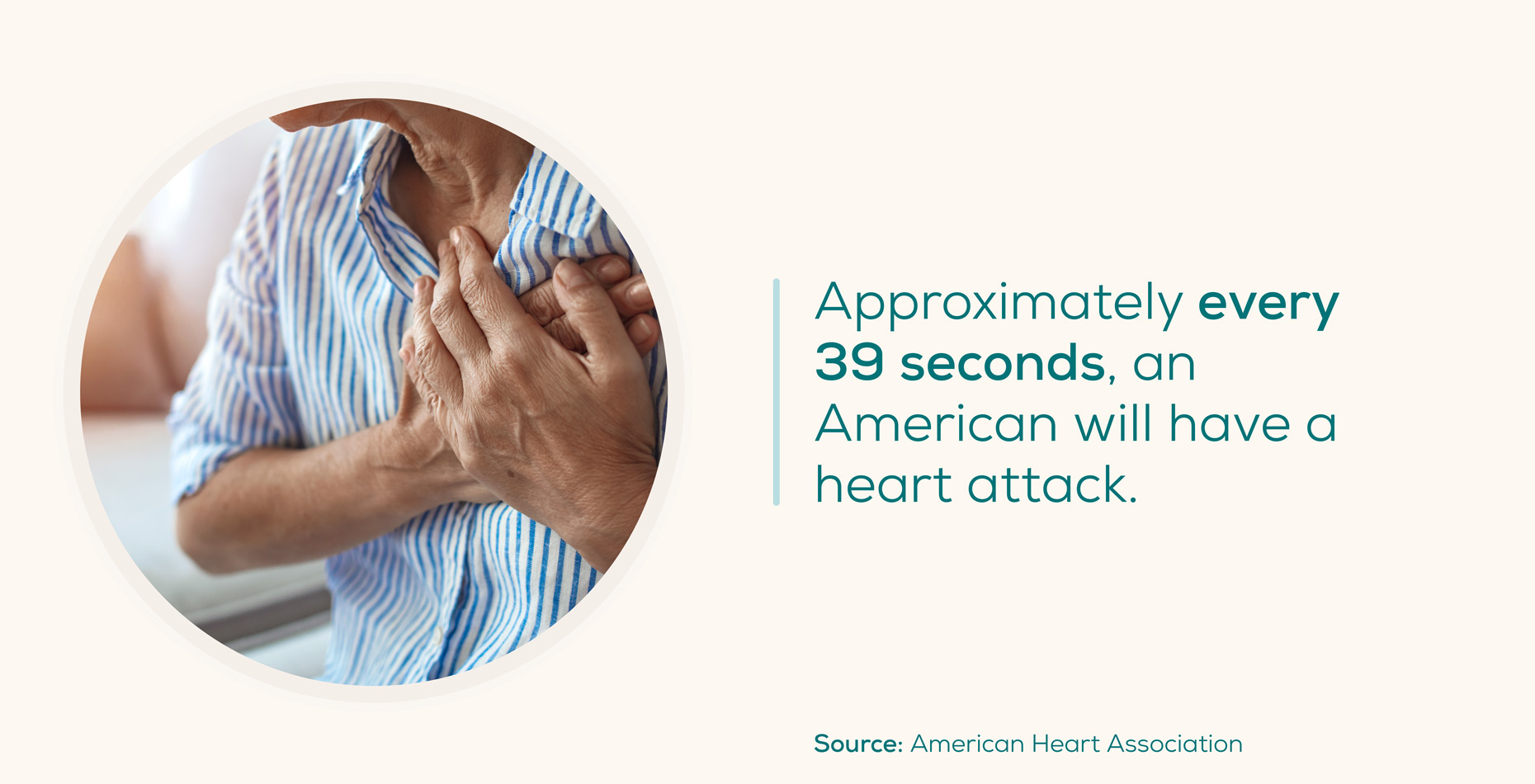
- A heart attack or stroke may be the first sign of disease, as there are often no symptoms that signify an underlying heart disease or disease of the blood vessels. Heart attack symptoms include pain or discomfort in the following areas (WHO):
- Arms
- Back
- Center of chest
- Elbows
- Jaw
- Left shoulder
- Each year, more than 800,000 people in the U.S. will have a heart attack. (CDC)
- More than 600,000 of these are a first heart attack
- 200,000 are experienced by people who have had a heart attack before
Stroke
- Someone in the U.S. has a stroke every 40 seconds. (American Heart Association)
- In 2018, strokes were responsible for 1 of every 19 deaths in the United States, and the number of stroke deaths had increased 10.2% between 2008 and 2018. (American Heart Association)
- Heart attacks and strokes are mainly caused by blockages that keep blood from flowing to the heart or brain. (WHO)
- The most common reason for blockages that cause a stroke or heart attack is a buildup of fatty deposits on the inner walls of blood vessels that bring blood to the heart and brain. (WHO)
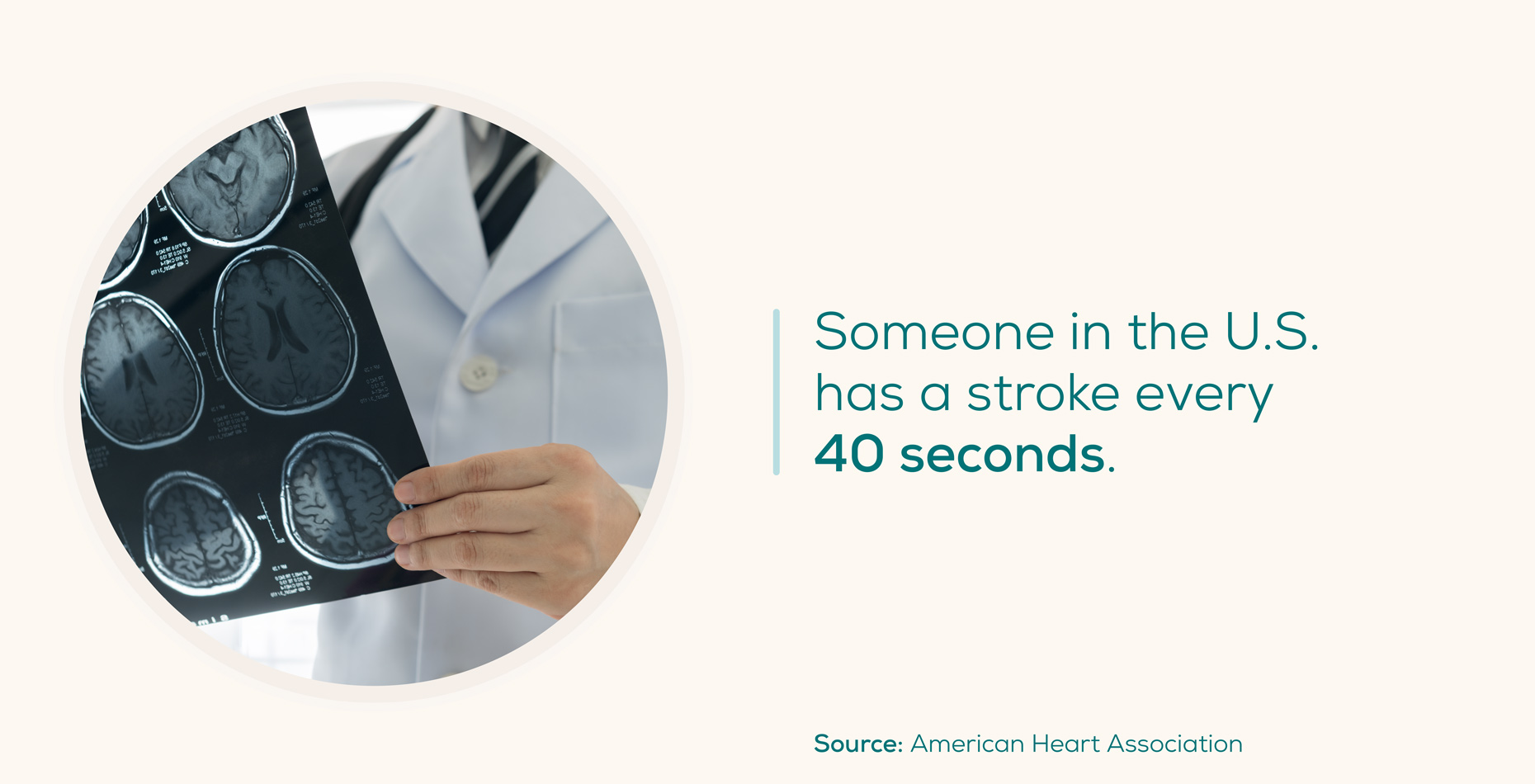
Heart disease mortality rate
Heart disease is the leading cause of death for both men and women globally, making it all the more important to pay attention to and prioritize your heart health.
- Cardiovascular disease (CVD) was listed as the underlying cause of death for over 860,000 deaths in the U.S. in 2017. (American Heart Association)
- CVDs cause more deaths each year than chronic lower respiratory disease and all forms of cancer combined. (American Heart Association)
- Worldwide, CVD is the leading cause of death and was responsible for over 18 million deaths in 2019. (American Heart Association)
- Around 659,000 people in the U.S. die from heart disease each year, meaning 1 in every 4 deaths in the U.S. is attributed to heart disease. (CDC)
- CVDs are the number one cause of death in the U.S. (American Heart Association)
- Cardiovascular diseases are responsible for an estimated 32% of deaths worldwide. (WHO)
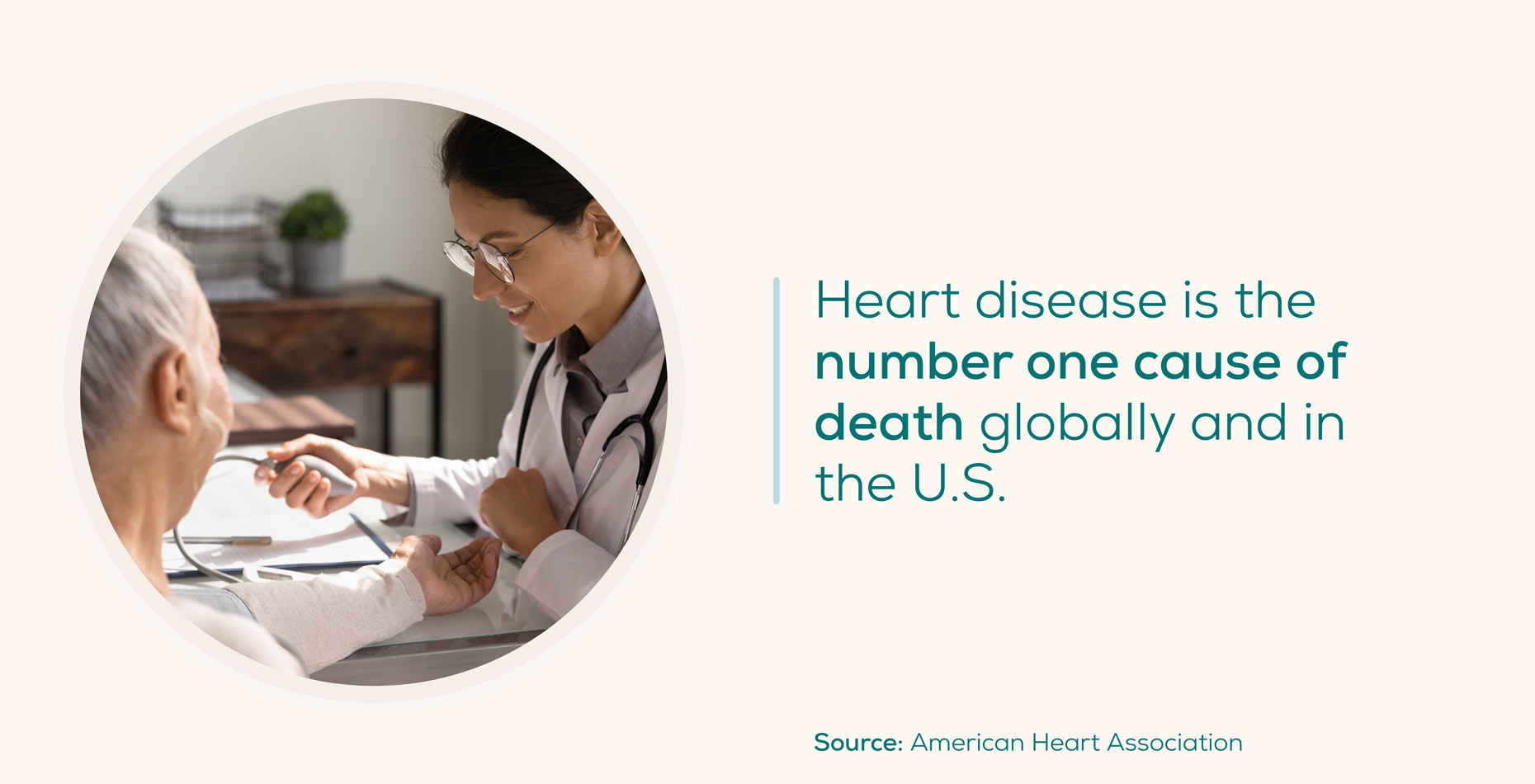
- Worldwide, there were 6.6 million deaths caused by a cerebrovascular disease: (American Heart Association)
- 3.3 million deaths from ischemic stroke
- 2.9 million deaths from intracerebral hemorrhage
- 400,000 deaths from subarachnoid hemorrhage
- More than 4 out of 5 deaths caused by CVD are due to heart attacks and strokes. (WHO)
- One-third of CVD-associated heart attack and stroke deaths occur in people under 70 years old. (WHO)
- More than 75% of deaths attributed to CVDs worldwide occur in low- and middle-income countries. (WHO)
- In 2019, of the 17 million premature deaths (defined as death before age 70) not caused by communicable diseases, 38% were due to CVDs. (WHO)
- Of the different diseases grouped under the CVD umbrella, coronary heart disease has the highest mortality rate. (American Heart Association)
- According to the American Heart Association, the mortality rate by disease for deaths attributed to CVDs in 2018 was:
- Coronary heart disease: 42.1%
- Stroke: 17%
- High blood pressure: 11%
- Heart failure: 9.6%
- Disease of the arteries: 2.9%
- Other: 17.4%
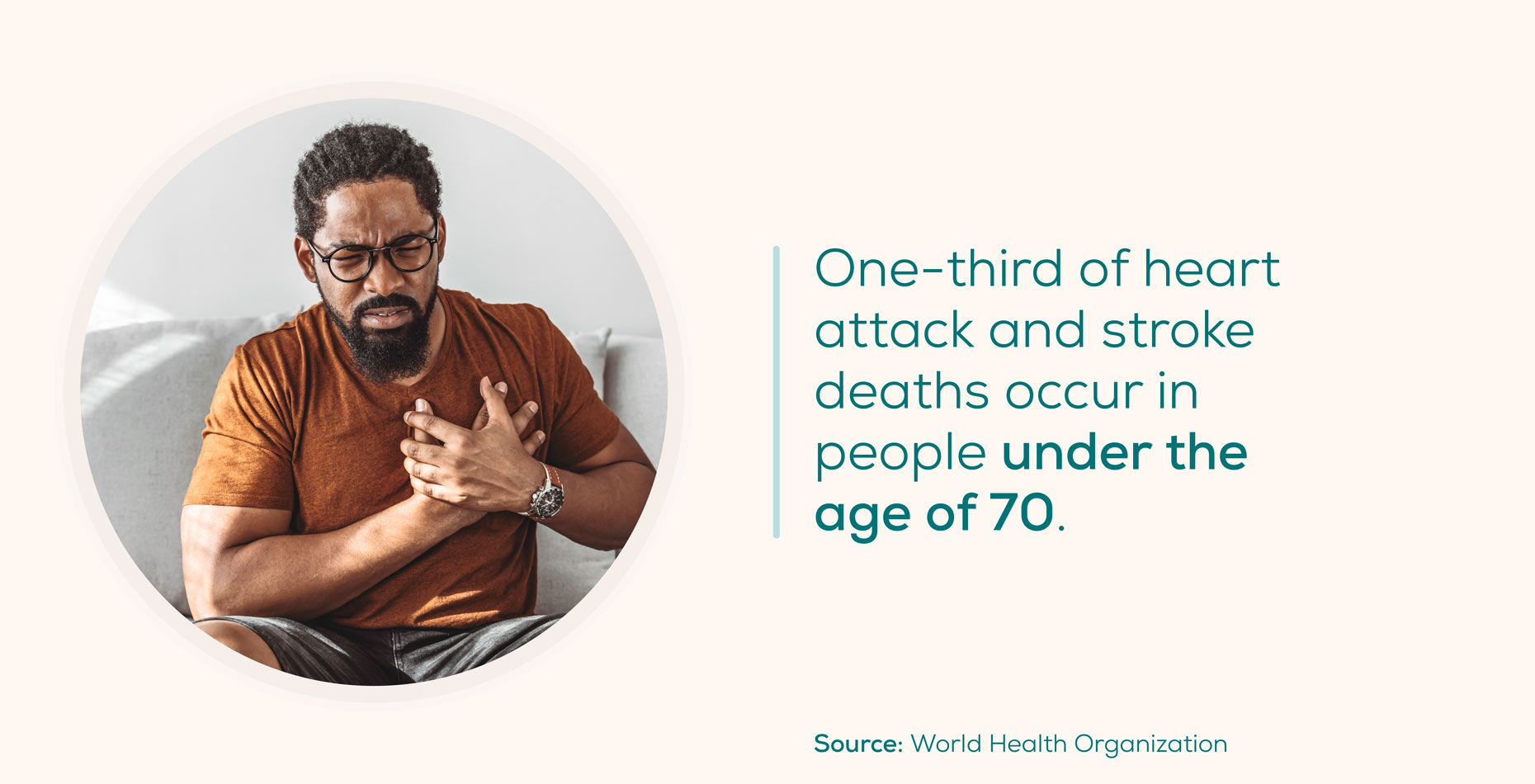
Heart disease treatment statistics
Knowing the symptoms and risk factors of developing heart disease, along with how to treat and manage a heart disease diagnosis, can all make a difference for you or a loved one.
- The following lifestyle changes have all been demonstrated to reduce the risk of developing CVD (WHO):
- Avoiding harmful alcohol usage
- Eating more fruit and vegetables
- Eliminating tobacco use
- Engaging in regular aerobic activity
- Reducing the amount of salt in the diet
- 7.2% of emergency department visits were due to CAD, ischemic heart disease, or history of myocardial infarction. (CDC)
- According to the WHO, surgical operations are sometimes required to treat CVDs, including:
- Artificial heart operations
- Balloon angioplasty
- Coronary artery bypass
- Heart transplantation
- Valve replacement and repair
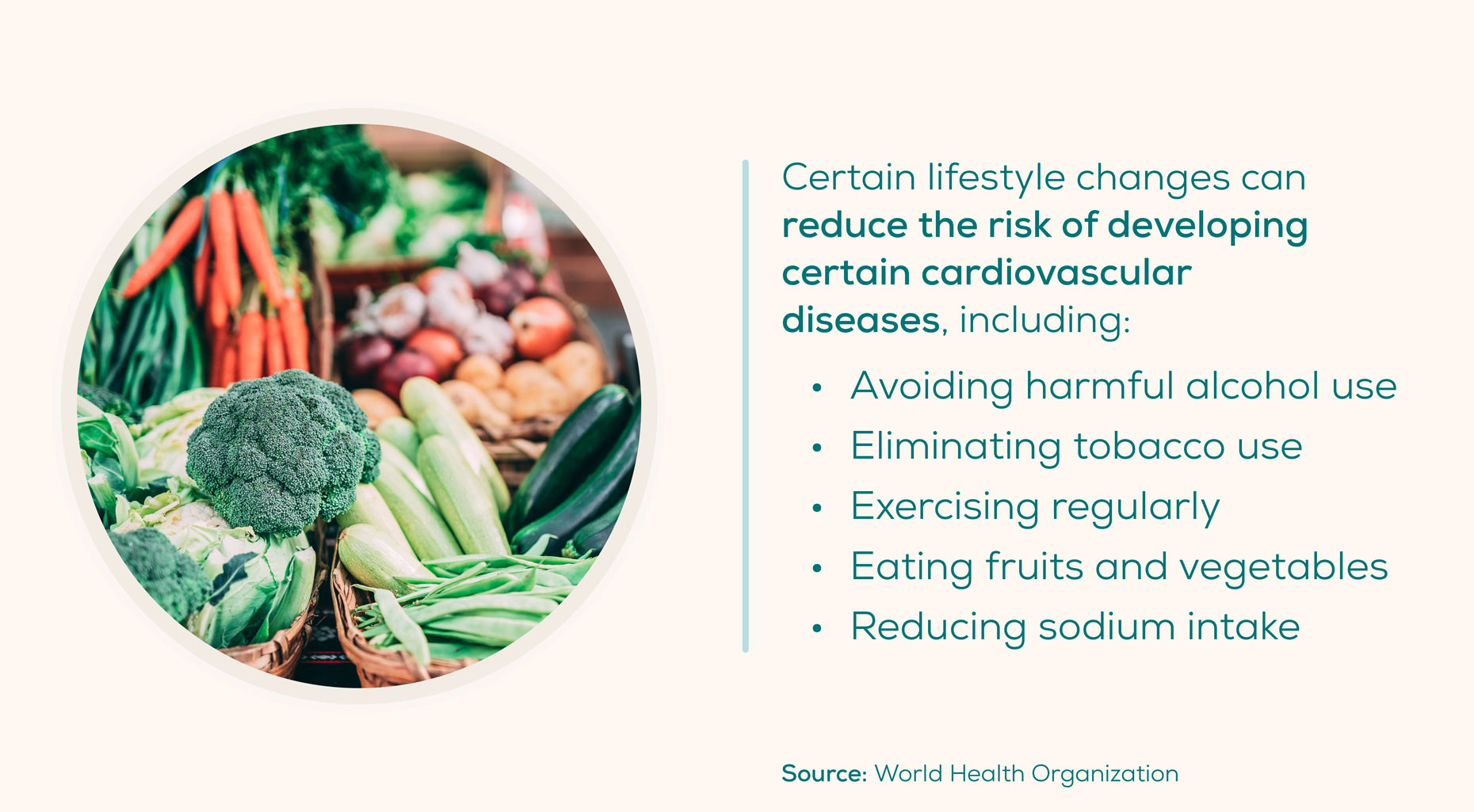
- According to the WHO, CVDs may sometimes require treatment with medical devices, such as:
- Pacemakers
- Patches for closing holes in the heart
- Prosthetic valves
- From 2016 to 2017, treating heart disease cost the U.S. more than $363 billion. This includes the cost of the following: (CDC)
- Healthcare services
- Lost productivity
- Medicine
Facts about heart disease risk factors
There are certain behaviors, lifestyle decisions, and outside factors that can increase the risk of developing heart disease.
- The behaviors that put people at risk of developing heart disease and stroke include an unhealthy diet, tobacco use, harmful use of alcohol, and physical inactivity. (WHO)
- The effects of the above behavioral factors may cause the following intermediate risk factors that indicate a higher risk of stroke, heart failure, heart attack, and additional difficulties: (WHO)
- Overweight or obesity
- Raised blood glucose
- Raised blood lipids
- Raised blood pressure
- The American Heart Association lists seven key health behaviors and factors that put people more at risk for developing heart disease or having a stroke:
- Not controlling blood pressure
- Not controlling blood sugar
- Not controlling body weight
- Not controlling cholesterol
- Not engaging in physical activity
- Not having a healthy diet
- Smoking

- There are several other factors that may be responsible for a higher incidence of CVDs, including (WHO ):
- Globalization
- Hereditary factors
- Population aging
- Poverty
- Stress
- Urbanization
- The CDC identifies three key risk factors for developing heart disease:
- High cholesterol
- High blood pressure
- Smoking
Heart disease may sound scary, but knowing the numbers behind diagnoses, mortality rates, and treatment can help you be more informed about how to better care for yourself and your health. As an added step, consider an at-home heart health lab test for a comprehensive look at your heart health.
Related content
Why routine lab testing for heart disease matters
How to keep your heart healthy: key points to know
How can an AED save someone’s life?
By the numbers: The state of men's health in 2021
Understanding the intersection of stress and heart disease
Article sources:
FastStats - Heart Disease. (2022, January 13). Centers for Disease Control and Prevention.
Heart Disease Facts. (2021, September 27). Centers for Disease Control and Prevention.
Cardiovascular diseases (CVDs). (2021, June 11). WHO | World Health Organization.
2021 Heart Disease and Stroke Statistics Update Fact Sheet. (2021, January 27). American Heart Association.
Heart Disease and Stroke Statistics— 2021 Update. (2021, January 27). American Heart Association.
Association Between Silent Myocardial Infarction and Long‐Term Risk of Sudden Cardiac Death. Journal of the American Heart Association.
Cardiovascular diseases. (2019, June 11). WHO | World Health Organization.